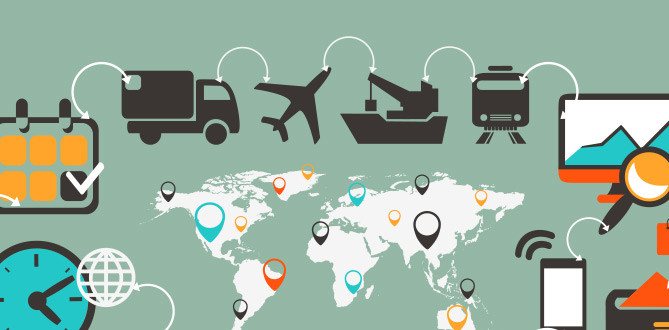Big data will impact all businesses and the way they use IT. At least, that is what the believers are shouting in our ears. They are right, but only partly. It requires the right use case to increase competitiveness of a business or even to create completely new business models to some industries.
Let’s take a sideways step first. We all are already familiar with big data. It’s called Google. Its search engine works like a big data application: managing enormous volumes of data from various heterogeneous sources with extremely fast response times. What’s more, the software considers the user’s profile and online history to display personalised results. Finally, the application tries to predict what users may search for in the future, based on current and past behaviour.
Google proves that the technology for big data applications is ready today. It offers very simple solutions to an increasingly complex world that is exchanging more and more data online. Such applications are now affordable thanks to increasingly powerful computer systems and shrinking processing and connection costs.
Cases
Big data applications will be able to do more than analyse enormous volumes of heterogeneous data in real time. Things become even more interesting when we start correlating those data and making useful predictions. To achieve this, we will look for relations in archived data, use them to build statistical and self-learning models and take the insights these provide to make predictions when fresh data arrive.
Predictive big data applications will change the way we live and open up new opportunities to businesses and governments. The following use cases show what such applications could do:
- For urban traffic management, we will be able to predict and so better manage congestion based on data from satnav systems, mobile phone usage, traffic cameras and measurement systems, weather conditions, city maps, the city’s events calendar, public transport schedules, and so on. All the data are brought together to build a full history of events, in 15-minute intervals, for every zone of the city. The data are then analysed to find the patterns that lead to congestion and other traffic problems. Once the patterns are clear, it becomes easier to avoid future congestion or present reliable alternatives to city traffic managers and the public.
- For energy consumption, we will see new pricing models that move away from a fixed price or a guaranteed capacity at all times. This will make it easier for utility companies to balance production and consumption, and take more advantage of cheap but unpredictable sources such as wind and solar power. Consumers will be able to lower their energy bills with systems that connect automatically to the cheapest source available. Big data applications make this possible by predicting in detail how people will use their energy. The applications will look at the past to discover usage patterns, and by adding weather forecast, traffic data and more to the statistical analyses they will predict short-term energy demands.

Charles Delhaye, Vice-President Consulting & Solutions


